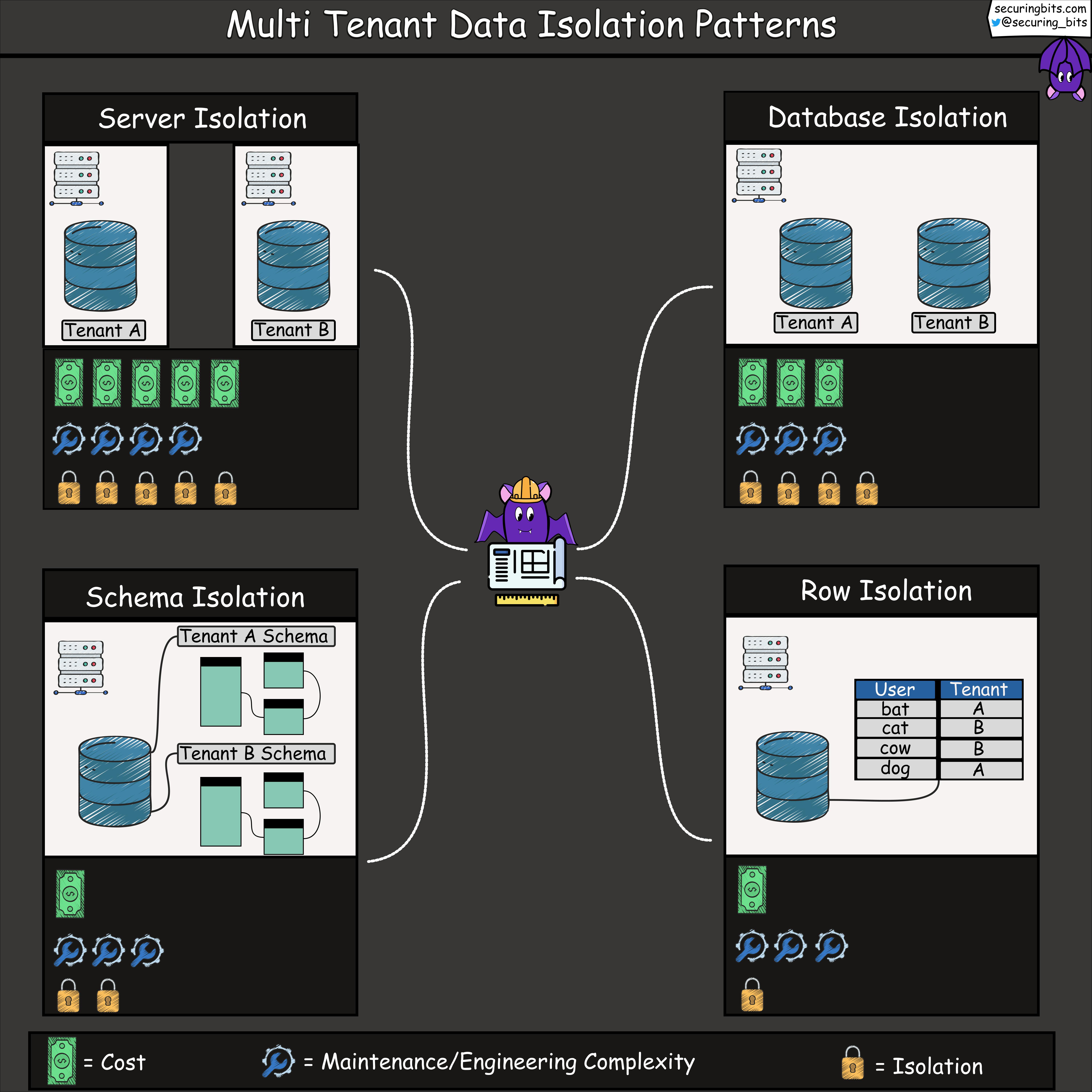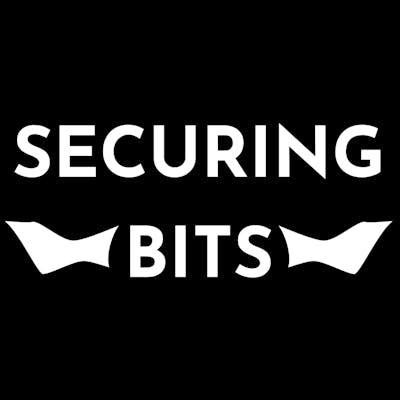If you're building a multi-tenant SaaS business, data isolation can be challenging.
Here are four common design patterns with their tradeoffs:
1. Server Isolation: each tenant's database is hosted on separate servers. This provides strong separation between tenants but can be resource-intensive and costly due to increased infrastructure requirements.
2. Database Isolation: tenants share the same server but have dedicated databases within it. It offers better scalability compared to server isolation while still providing substantial separation of data at the database level.
3. Schema Isolation: tenants coexist in a single shared database instance using different schemas. The tenancy logic resides in the application, deciding which schema to access data from. This approach requires careful management as schema changes may impact all tenants.
4. Row Isolation: tenants coexist in a single shared database and each table row is associated with a tenant ID. The tenancy logic resides in the application, deciding which row to fetch data from based on the tenant. This approach provides the least data isolation.


